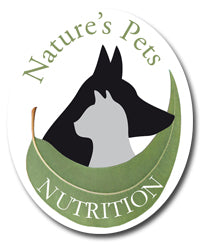Chamomile
BOTANICAL NAME: Matricaria recutita
COMMON NAME/S: German chamomile, pin heads, sweet false chamomile, sweet feverfew
FAMILY: Asteraceae
MEDICINAL USE/S:
Uses are many and varied which reflects the wide range of actions it has on the body. Widely used as a relaxing nervine it relaxes and tones the nervous system. As an anti-spasmodic it works on the peripheral muscles and nerves, helping relax the whole body and relieve cramp. It can aid the digestive system and the respiratory system, useful for head colds and allergic reactions. Its microbial activity helps the body resist pathogens and helps wound healing.
| ACTIVE CONSTITUENTS: |
THERAPEUTIC ACTION/S: |
VETERINARY INDICATIONS: | INDICATIONS: |
|
|
|
|
CONTRA-INDICATIONS:
Contraindicated in patients with an known allergy to plants in the Asteraceae family (ragweed, asters, chrysanthemums). May be contraindicated in cats due to coumarin content.
REFERENCES:
Hoffman, D. http://www.healthy.net/scr/mmedica.aspx?MTId=1&Id=184 Viewed 16 June 2015.
Wynn, S. 2007, “Veterinary Herbal Medicine”, Mosby Inc, Missouri




